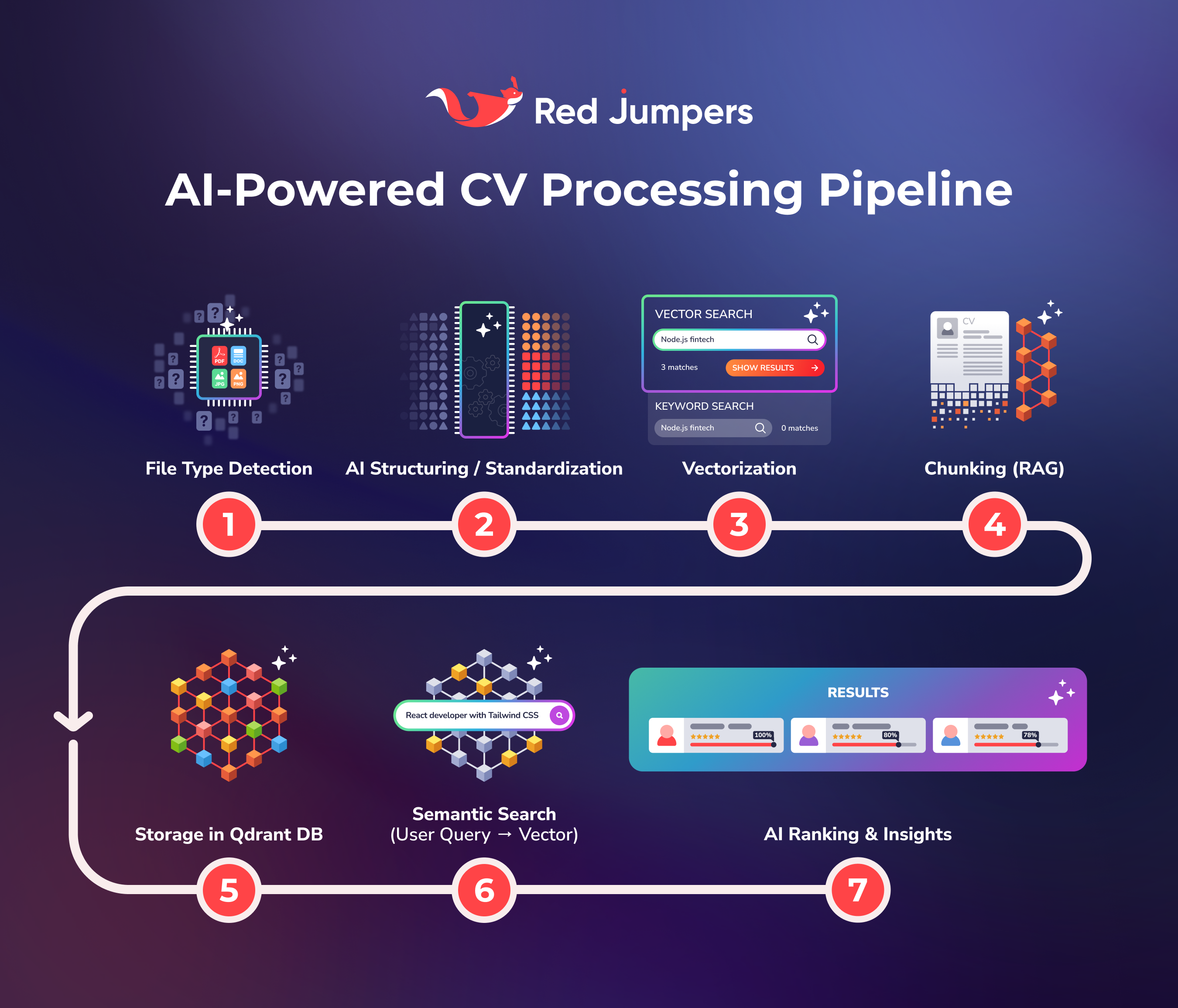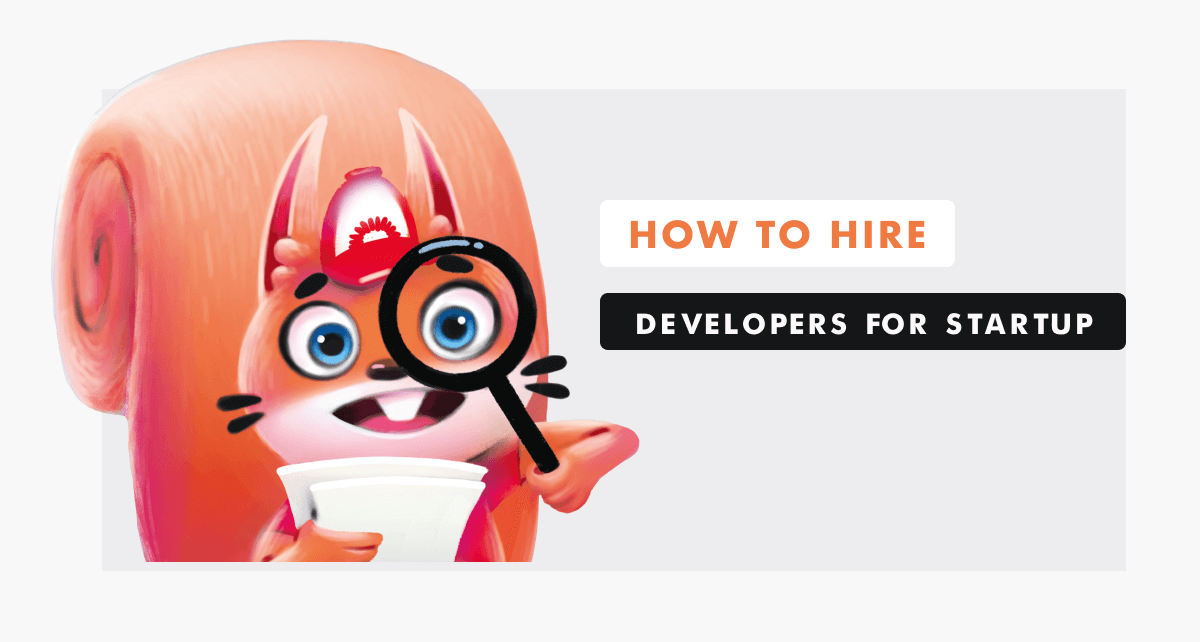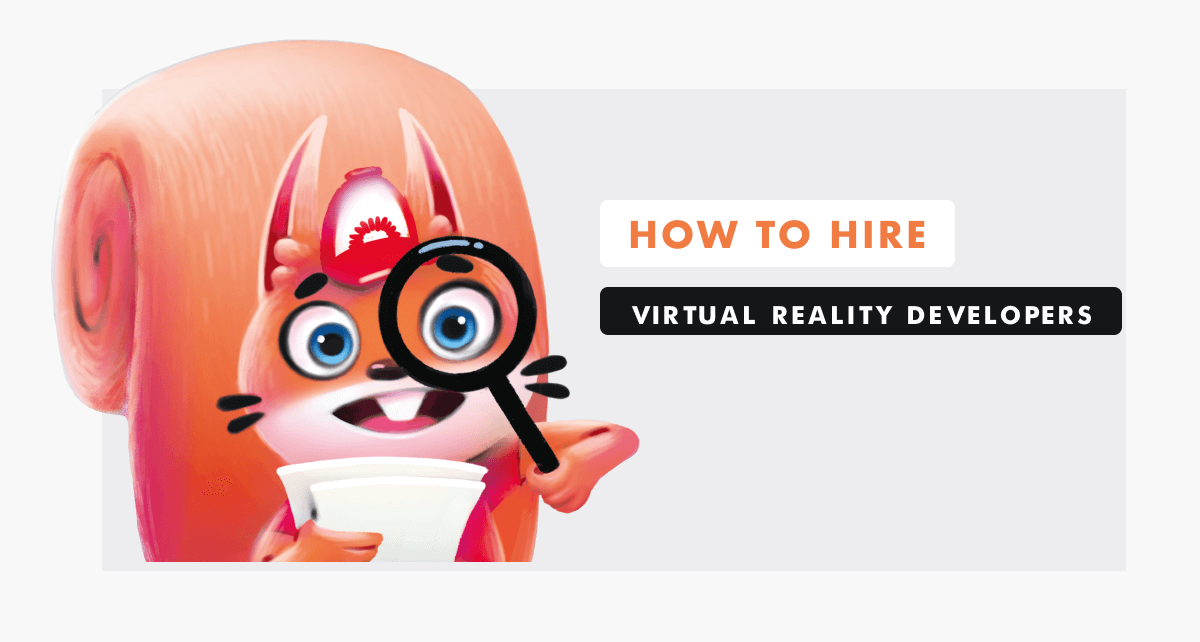Artificial Intelligence (AI) has moved far beyond theory and hype – it’s now part of our everyday life. From virtual assistants that schedule our meetings to recommendation systems that know what we want before we do, AI has become a silent engine of efficiency. And with innovations like an AI-powered CV processing pipeline, it’s also transforming how businesses handle complex data and automate decision-making. But its potential is even more remarkable when applied to complex business processes, where automation and intelligence can save hundreds of hours of manual work.
At Red Jumpers, we recently experienced this transformation first-hand. Our internal platform, RJ App, which allows tech companies to upload their developers’ CVs and submit them for active requests, became the testing ground for a powerful AI-driven upgrade — one that completely changed how we manage and search through candidate profiles.
The Challenge: searching beyond structured data
The RJ app allows users to upload CVs and fill out a detailed profile form with skills, languages, and project experience. However, like in most real-world systems, the data on the site wasn’t always fully up-to-date. Developers often refreshed their CVs but didn’t update their profiles in the system, leaving gaps between what was in the database and what was in the attached files.
This led to a common but frustrating challenge:
How can we ensure that searches return the most relevant candidates – even if the data on the website is not fully synchronized with their CVs?
The answer lay in automation and AI.
The Solution: turning unstructured data into actionable intelligence
To resolve the issue, our development team designed and implemented an AI-powered solution that analyzes, processes, and searches through CVs with remarkable accuracy.
Here’s how the process works step by step:
- File type detection
Since users upload CVs in various formats – PDF, DOCX, TXT, and more – the system first determines the file type. This is crucial because each format requires a different parsing strategy. At this stage, non-text elements like images or decorative graphics are ignored, leaving only the useful information. - Standardizing CV structures
Next, an AI assistant steps in to bring all CVs to a unified structure. Every user formats their resume differently, so the AI structures the data – grouping skills, experience, education, and languages consistently. This step transforms unstructured, inconsistent content into clean, searchable data. - Vectorization: making data searchable by meaning
Once the text is standardized, AI converts it into vectors – mathematical representations that capture the semantic meaning of words. Unlike traditional keyword searches, vector search understands context and relationships between words. For example, it knows that “JavaScript developer” and “frontend engineer” might describe similar roles. - Chunking and storing with RAG methodology
The processed CV text is divided into smaller segments, or “chunks,” based on RAG (Retrieval-Augmented Generation) methodology. These chunks are then stored in a Qdrant vector database, which allows the system to perform semantic searches across vast amounts of text. Smaller chunks mean higher precision – the AI can retrieve exactly the most relevant sections of text instead of entire documents. - Smart search query processing
When a user performs a search (for example, “React developer with Tailwind CSS experience”), the input is also transformed into a vector. This ensures that both the query and the stored data are compared in the same “language” of mathematical meaning. - Vector comparison and candidate retrieval
The system then performs a vector similarity search, identifying the 40 most relevant candidate vectors. These results represent the CVs that best match the intent of the query, not just its keywords. - AI-Powered ranking and insights
Finally, the AI analyzes the retrieved CVs, compares them against the query, and generates a ranked list of candidates – complete with descriptive insights and scores that reflect how well each developer matches the search criteria.

The impact: from manual search to smart discovery
Before implementing AI, searching for candidates across thousands of CVs required a mix of manual review, keyword searches, and intuition. Now, thanks to automation and AI, the process is nearly instant – faster, smarter, and far more reliable.
The integration not only saves time for managers but also ensures that the most relevant talent surfaces every time, even if their profiles are formatted differently or missing certain keywords.
Moreover, this AI-driven approach lays the foundation for continuous improvement. As more searches are performed, the system learns from user behavior, refining its understanding of what makes a “good match.”
Bringing AI into everyday operations
This project is a clear example of how AI and automation enhance daily workflows — not just in futuristic scenarios but in practical, routine business processes. By combining data parsing, semantic understanding, and intelligent ranking, AI transformed our internal tool into a smarter, more efficient platform.
At Red Jumpers, this is more than just a technical upgrade. It’s a step toward a future where technology doesn’t just store data — it understands it.




